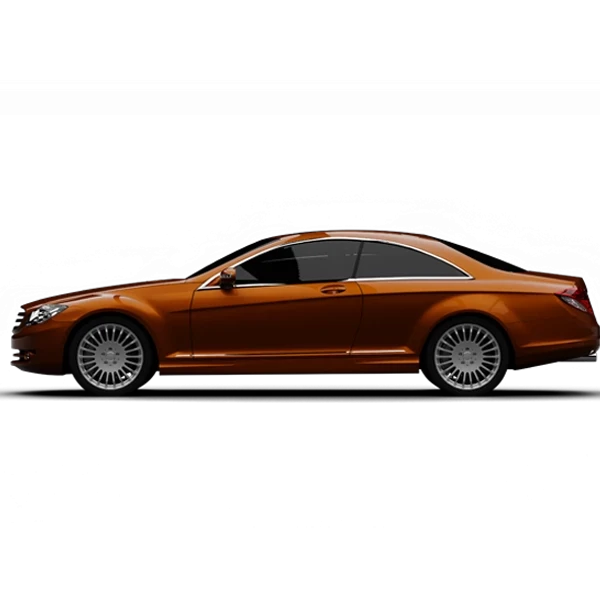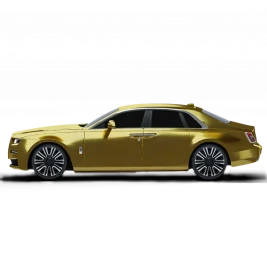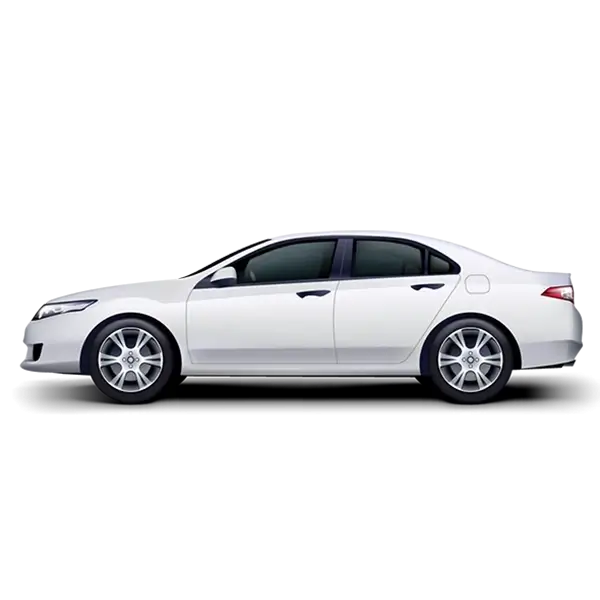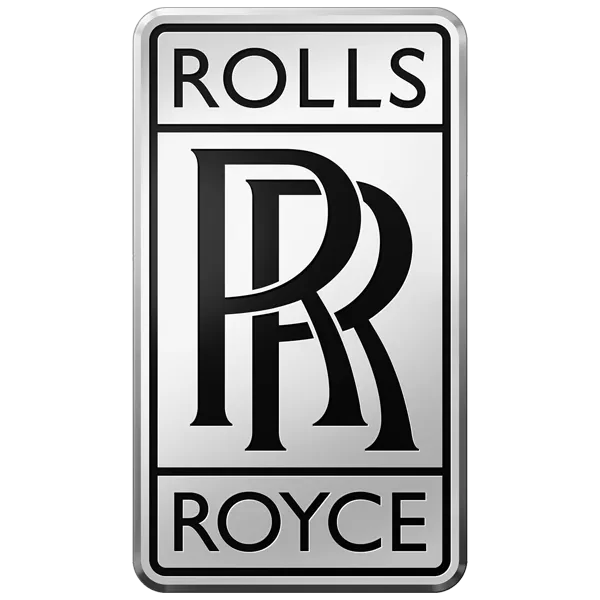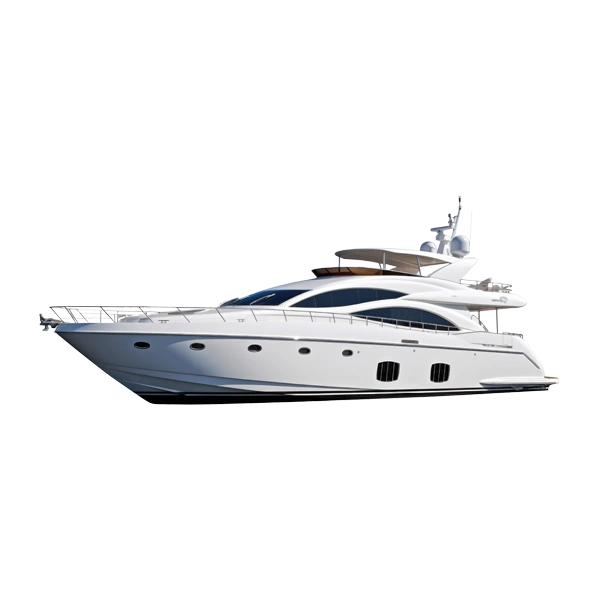Reasons Car AC Compressors Fail & How to Fix Them
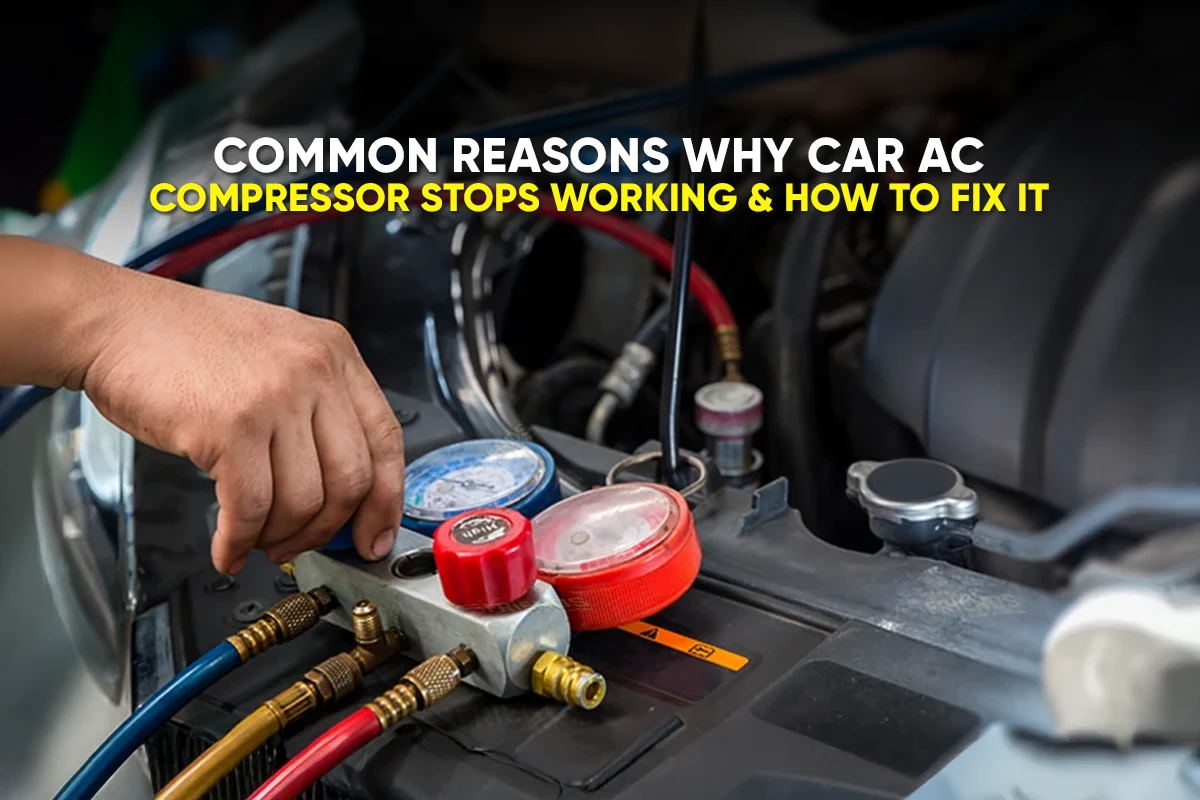
Does your car’s AC stop working suddenly, or start blowing hot air out of nowhere? Your car's AC is certainly facing one of the 15 reasons below. This comprehensive guide examines 15 common reasons why car AC compressors stop working, providing issue-specific fixes for each. Although we recommend seeking professional help for such fixes, understanding the root causes will help you comprehend them and avoid unnecessary expenses, especially those charged by workshops. Learn about AC compressor failure symptoms and avoid expensive damage. Let’s get started:
What is the most common cause of car AC compressor failure?
The most common reasons why your car's AC compressor stops working:
Refrigerant Loss/Leaks
Low Refrigerant Levels
Refrigerant Blockage
Worn or Broken Serpentine Belt
Faulty Compressor Clutch
Insufficient or Incorrect Oil
Electrical Issues
Physical Damage
Contaminants
Excessive Pressure
Age and Wear
Poor Maintenance
Excessive Use
Environmental Factors
Improper Servicing
1. Refrigerant Loss/Leaks
Signs: A hissing sound near AC lines and/or oily residue around hoses and fittings.
Why It Happens: Refrigerant leaks generally occur due to worn seals, damaged hoses, or cracked lines, often from overuse (age), corrosion, or physical damage (road debris and accidents).
How to Fix: Use UV dye or pressure gauges to pinpoint the leak, repair the damaged component, and recharge the system with the correct refrigerant after clearing moisture.
2. Low Refrigerant Levels
Signs: Rapid cycling (on/off) of the AC and/or frost on AC lines, signaling insufficient refrigerant in the system.
Why It Happens: Low refrigerant levels generally occur due to minor leaks or improper servicing, often from lengthy use and inadequate maintenance practices.
How to Fix: Check for small leaks using a UV dye kit and seal them. Refill the system with R-134a or R-1234yf refrigerant after clearing moisture.
3. Refrigerant Blockage
Signs: Uneven cooling with some vents blowing warmer air and/or high-pressure readings on diagnostic gauges.
Why It Happens: Refrigerant blockages generally occur due to pinched lines, clogged orifice tubes, or defective expansion valves—often from debris buildup or component wear over time.
How to Fix: Replace the clogged orifice tube or expansion valve and flush the system with nitrogen to remove debris.
4. Worn or Broken Serpentine Belt
Signs: A squealing noise from the engine bay and/or failure of other systems like power steering.
Why It Happens: Serpentine belt issues generally occur due to worn or broken belts, often from overage, improper tension, or pulley misalignment.
How to Fix: Swap out the worn belt for a manufacturer-approved one, using a torque wrench for proper tension, and check pulley alignment.
5. Faulty Compressor Clutch
Signs: A clicking or grinding noise when turning on the AC and/or the compressor failing to engage.
Why It Happens: Compressor clutch failures generally occur due to wear, debris contamination, or electrical issues like a faulty coil, often from overuse & poor maintenance.
How to Fix: Inspect the clutch with a removal tool, clean it (if debris is present), or replace the clutch coil or compressor (if damaged).
6. Insufficient or Incorrect Oil
Signs: Unusual humming or seizing noises from the compressor and/or increased friction sounds.
Why It Happens: Insufficient or incorrect oil generally occurs due to leaks or improper servicing, often from using the wrong oil type (e.g., non-PAG oil).
How to Fix: Rain and refill with the correct PAG or ester oil, checking for leaks with a pressure test. Verify oil levels during routine maintenance to prevent seizing.
7. Electrical Issues
Signs: No response when turning on the AC, and/or blown fuses in the fuse box. This is definitely power disruption to the compressor.
Why It Happens: Electrical issues generally occur due to blown fuses, faulty relays, or damaged wiring, often from corrosion, wear, or electrical shorts over time.
How to Fix: Check the AC fuse with a multimeter and replace it if blown (DIY possible). For relays or wiring, a technician should test and repair connections with a diagnostic scanner.
8. Physical Damage
Signs: Visible dents, cracks, or corrosion on the compressor or AC lines, and/or after an accident.
Why It Happens: Physical damage generally occurs due to accidents, road debris, or environmental corrosion, often from exposure to salt or harsh conditions.
How to Fix: Evaluate and replace damaged components, like the compressor or lines, using alignment tools to ensure fit.
9. Contaminants
Signs: A musty odor from vents and/or reduced airflow through the system. These are clear signals of clogged or corroded components.
Why It Happens: Contaminants generally occur due to moisture, dust, or debris entering through leaks or poor maintenance, often from neglected filter changes or open systems.
How to Fix: Replace the cabin air filter with a HEPA filter (DIY possible) and have a mechanic flush the system with nitrogen to clear contaminants. Change filters every 12,000 miles.
10. Excessive Pressure
Signs: Sluggish AC performance and/or high-pressure readings on gauges are clear signals of system strain.
Why It Happens: Excessive pressure generally occurs due to overcharging with refrigerant or blockages, often from improper servicing or debris accumulation.
How to Fix: Measure and adjust pressure with a manifold gauge set, removing excess refrigerant or clearing blockages. Monitor pressure during annual checks.
11. Age and Wear
Signs: Gradual loss of cooling power over the years with no obvious external issues.
Why It Happens: Age and wear generally occur due to degrading internal components like bearings or seals, often from prolonged use over 10-15 years.
How to Fix: Replace the worn compressor with a new unit, ensuring proper installation with a vacuum pump. Regular servicing extends compressor life.
12. Poor Maintenance
Signs: Weak airflow from vents and frequent AC cycling.
Why It Happens: Poor maintenance generally occurs due to neglected filter changes, refrigerant checks, or condenser cleaning, often from inconsistent servicing schedules.
How to Fix: Swap the cabin air filter for a new one every 12,000 miles (DIY) and schedule a mechanic to clean the condenser and check refrigerant.
13. Excessive Use
Signs: Constant compressor operation and/or overheating symptoms in hot climates. These are clear signals of overwork.
Why It Happens: Excessive use generally occurs due to running the AC at high settings for long periods, often in extreme heat or heavy use scenarios.
How to Fix: Reduce AC use at max settings and have a technician inspect the compressor for wear with a diagnostic tool.
14. Environmental Factors
Signs: Your AC struggles to cool in blazing heat or bitter cold, faltering in tough weather.
Why It Happens: Extreme temperatures tax the compressor, especially with constant exposure.
How to Fix: Test refrigerant levels and condenser condition with a pressure gauge to address stress-related wear.
15. Improper Servicing
Signs: The AC fails or cools unevenly right after a repair, performing worse than before.
Why It Happens: Wrong refrigerant, incorrect oil, or skipped steps like system evacuation ruin repairs.
How to Fix: Take the car to a certified shop to flush the system with nitrogen, correct the refrigerant or oil, and ensure proper servicing at a certified shop.
Conclusion
Fixing your car's AC compressor is not your job, unless you’re a professional who has mastered car maintenance. I recommend you take your car to a professional car workshop to get mobile car service to your place for convenience. They leverage their seasoned experience to locate the issue and fix it without you having to sweat about anything. Sometimes replacing the whole unit makes more sense; you should consider it as well, if your trusted professional recommends it. The above 15 common reasons why car AC compressors stop working and their fixes are generalized and can vary from one auto brand to another. So, professional repair is the best way to fix your AC compressor.
Written by: FriendsCarRental
Published at: Sun, Jul 20, 2025 11:18 AM
Leave a Reply
Your email address will not be published. Required fields are marked *
Car Rental in Dubai
AED 2500
DAY
AED 0
MONTH
-
 SUV
SUV -
 4 Doors
4 Doors -
 5 Seats
5 Seats
- 1 Day Rental Available
- Deposit: Not Required
- Insurance Included
AED 5500
DAY
AED 0
MONTH
-
 Sports
Sports -
 2 Doors
2 Doors -
 2 Seats
2 Seats
- 1 Day Rental Available
- Deposit: Not Required
- Insurance Included
AED 1200
DAY
AED 0
MONTH
-
 SUV
SUV -
 4 Doors
4 Doors -
 5 Seats
5 Seats
- 1 Day Rental Available
- Deposit: Not Required
- Insurance Included
AED 1600
DAY
AED 0
MONTH
-
 SUV
SUV -
 4 Doors
4 Doors -
 5 Seats
5 Seats
- 1 Day Rental Available
- Deposit: Not Required
- Insurance Included
AED 1500
DAY
AED 28500
MONTH
-
 SUV
SUV -
 4 Doors
4 Doors -
 5 Seats
5 Seats
- 1 Day Rental Available
- Deposit: Not Required
- Insurance Included

 عربي
عربي
 English
English
 Français
Français
 Русский
Русский
 中国人
中国人
 Nederlands
Nederlands
 Española
Española
 Türkçe
Türkçe
 Italiana
Italiana




